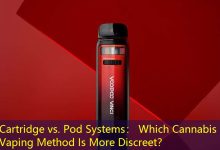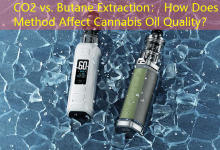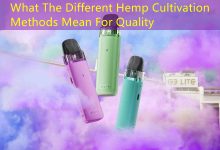1. The Rise of Cannabis Cultivation
Վերջին տարիներին, cannabis cultivation has seen a dramatic shift in societal perception, particularly with the rise of legal markets in various regions. As medical and recreational use gains traction, understanding the implications of different cultivation methods becomes crucial for both consumers and producers. Among the most debated differences are indoor vs. outdoor grown cannabis and how these methods influence the quality of vape oil produced from the plant material.
2. Understanding Indoor Cannabis Cultivation
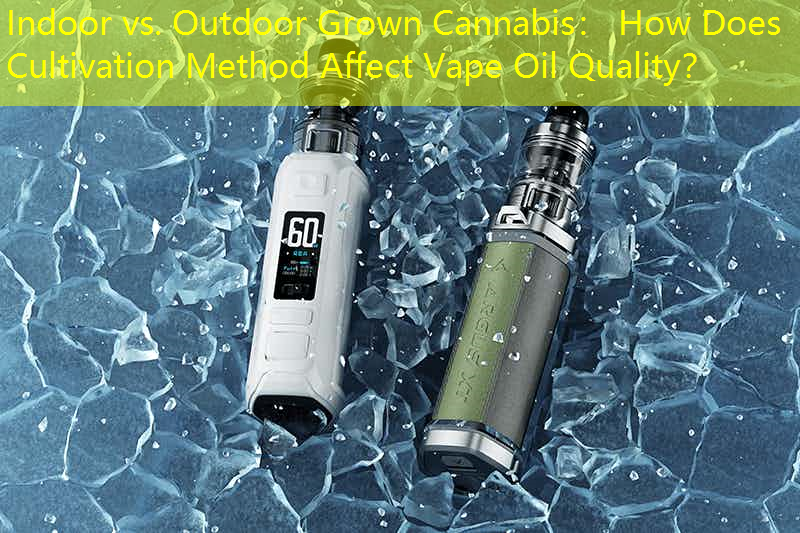
Indoor cannabis cultivation involves growing the plant in controlled environments where factors such as light, ջերմաստիճանը, humidity, and nutrients are meticulously managed. Growers use artificial lights, hydroponic systems, and air filtration to create optimal growing conditions. This method allows for year-round cultivation and can result in high cannabinoid and terpene concentrations. Սակայն, it often comes with higher costs and a larger carbon footprint, raising questions about sustainability.
3. The Benefits of Outdoor Cannabis Cultivation
Outdoor cannabis cultivation, մյուս կողմից, takes advantage of natural sunlight and the local climate. The plants grow in soil, allowing them to develop a robust root system, which can lead to the production of a more diverse range of compounds. Outdoor grown cannabis tends to be less expensive to produce, as it requires fewer resources for energy and nutrients. Սակայն, it is also subject to environmental variables such as pests, weather conditions, and soil quality, which can impact the overall potency and flavor profiles.
4. The Impact of Cultivation Methods on Terpene Profiles
Terpenes play a significant role in the flavor, aroma, and overall quality of cannabis. They are volatile compounds that not only contribute to the sensory experience of vaping but also interact with cannabinoids to enhance their effects. Indoor cultivation often allows for a more controlled environment that can promote the synthesis of terpenes, potentially leading to higher terpene concentrations. Ընդհակառակ, outdoor plants may develop unique profiles due to environmental factors, resulting in distinctive flavors and aromas. Consumers who appreciate specific terpene profiles may find this diversity appealing.
5. How Cannabinoid Levels Are Affected
The cannabinoid content, particularly THC and CBD, is a critical aspect of cannabis quality. Indoor-grown cannabis is typically bred and nurtured with the goal of maximizing THC levels, which can lead to higher potency in vape oils. Սակայն, outdoor-grown cannabis can produce surprisingly high cannabinoid concentrations as well, especially if cultivated in optimal conditions. Factors like genetics and harvesting techniques equally influence the final cannabinoid levels, making it vital to recognize that cultivation methods are just one piece of the puzzle.
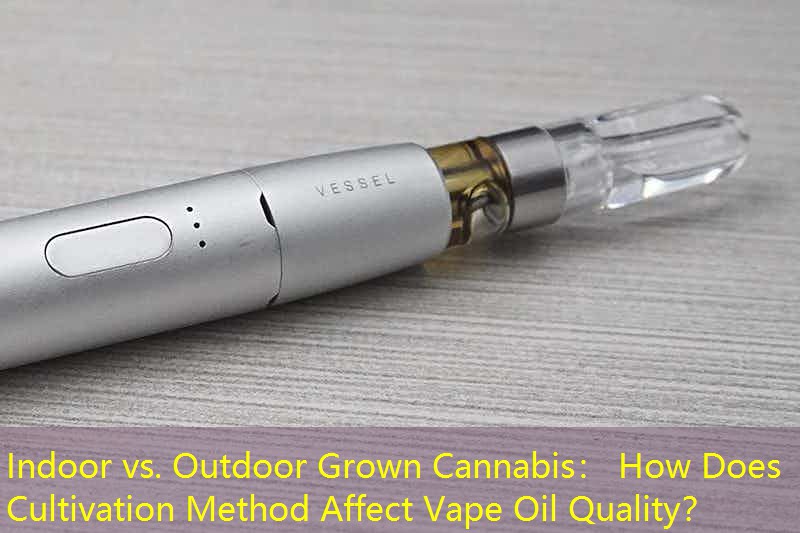
6. Consumer Preference and Market Trends
As the cannabis market continues to evolve, consumer preferences also shift. Some consumers prioritize organic and sustainably grown products, which often favors outdoor cultivation due to its lower energy input. Others might prefer the potency and consistency typically associated with indoor-grown cannabis. Understanding these preferences can help producers tailor their products to meet market demands while also considering the environmental impact of their cultivation practices.
7. Բնապահպանական նկատառումներ
Environmental sustainability is an increasingly pressing issue in cannabis cultivation. Indoor cannabis farming requires significant energy for lighting and climate control, often relying on non-renewable sources. This raises questions about the carbon footprint of such operations. Մինչդեռ, outdoor cultivation utilizes sunlight and can promote biodiversity within ecosystems. Nevertheless, outdoor growers must contend with natural challenges and may resort to pesticides or other interventions that could diminish the environmental benefits.
8. Safety and Quality in Vape Oil Production
When it comes to producing vape oils, the quality of the starting material is paramount. The extraction process can be affected by the composition of the cannabis plant, including its cannabinoid and terpene profile. Both indoor and outdoor grown cannabis can yield high-quality vape oils, but factors such as residual pesticides and the presence of contaminants can pose risks. Ensuring safe production practices and thorough testing is essential to provide consumers with reliable products.
9. Comparing Indoor and Outdoor Vape Oil Quality
How do indoor and outdoor cultivation methods affect the quality of vape oil? Both indoor and outdoor cultivation methods can produce high-quality vape oils, but they influence the cannabinoid and terpene profiles differently. Indoor methods may yield more consistent potency and terpenes due to controlled conditions, while outdoor methods can result in unique and diverse profiles due to environmental variation.
10. Consumer Experiences with Vape Oils
What have consumers noted about their experiences with vape oils from indoor versus outdoor cannabis? Consumer experiences vary widely; some prefer the robust flavors and aromas from outdoor-grown products, while others favor the potency and consistency found in indoor-grown vape oils. Preferences may depend on individual tastes and desired effects.
11. Future Trends in Cannabis Cultivation
What might the future hold for indoor vs. outdoor cannabis cultivation in relation to vape oil quality? As technology advances and consumer preferences evolve, we might see innovative cultivation techniques that blend the benefits of both indoor and outdoor methods. This could lead to improved organic and sustainable practices that enhance the quality of vape oil while minimizing environmental impact, reshaping the landscape of cannabis production.

